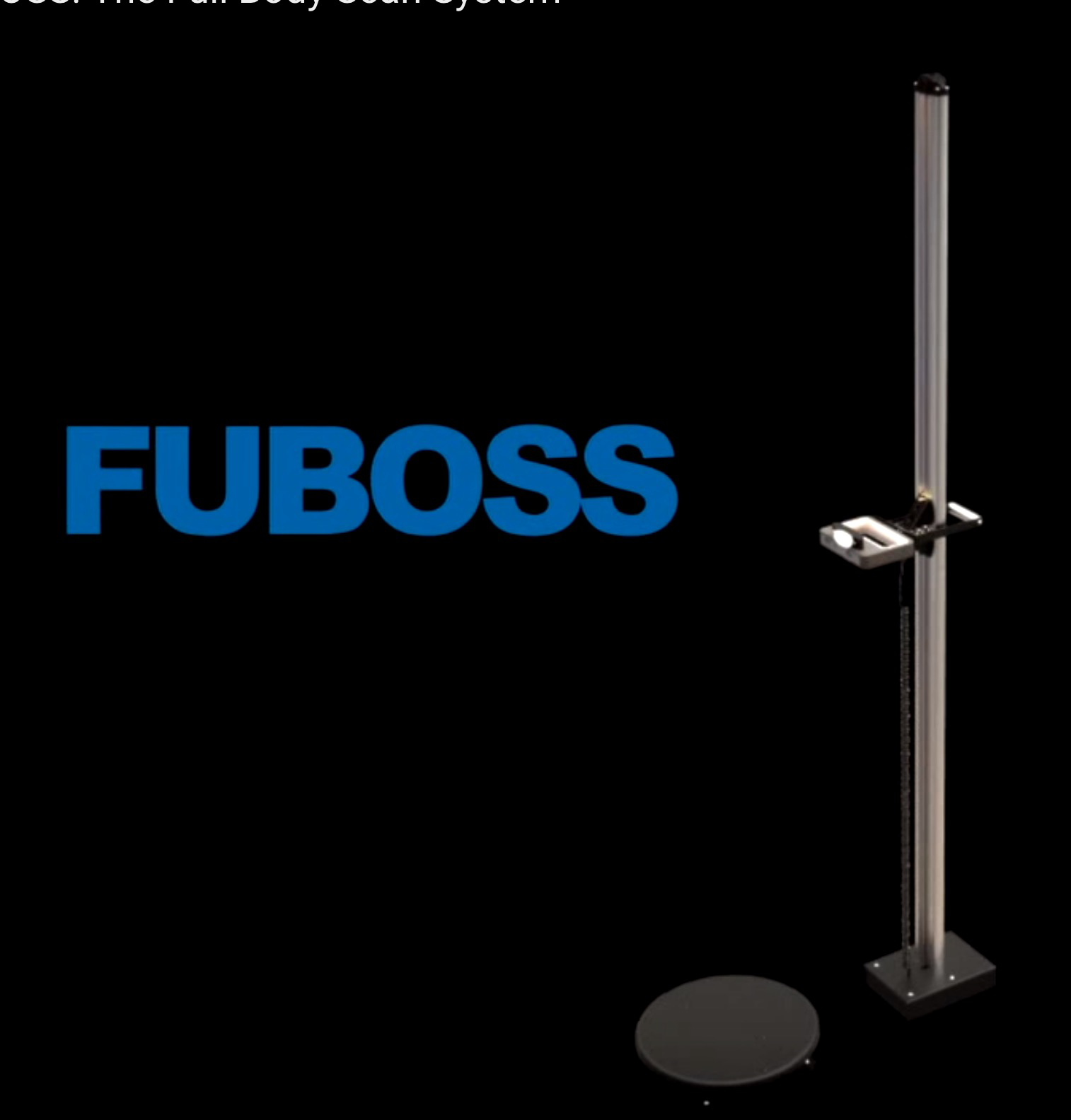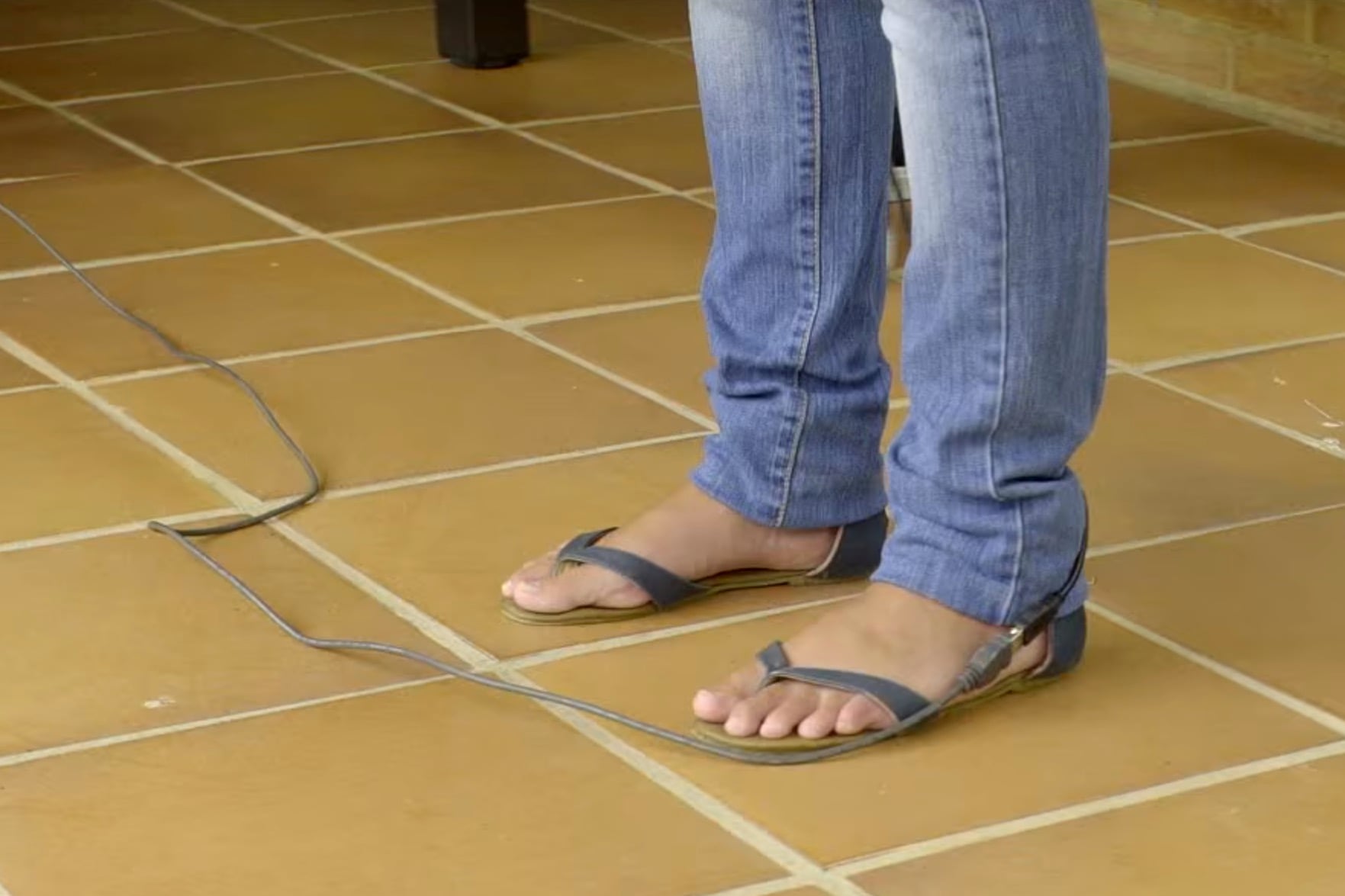José M. Martínez is not one to let a problem lay unsolved. In this case, he’s figured out a way to reliably obtain full body 3D scans at low cost.
The problem came when he acquired a 3D Systems Sense scanner, otherwise a reasonably capable handheld 3D scanning device. Martínez discovered, as anyone who uses a handheld 3D scanner will, that performing a body scan with a handheld can be problematic.
The problems typically encountered with handheld 3D scanners are:
- Handheld scanners often require an umbilical cable to a base station of some kind. This cable invariably gets twisted around the subject – and sometimes the operator, too.
- Full body 3D scans always require a significant amount of free space around the subject for the operator to move about. Sometimes this is not available in cramped locations.
- Hand operation is inconsistent and often the scanning software loses track of position and requires you to re-do portions of the scan – particularly when the cables get tangled up.
- If the scan takes too long, the subject gets increasingly itchy and inevitably moves slightly, spoiling the scan and requiring a restart.
- Lighting is often irregular during 3D scans, resulting in very poor scans of poorly lit areas.
Martínez explains:
Out of this frustration came my motivation to create a full body scanning system. That is how Fuboss was born.
Martínez’ solution is incredibly simple: mount the scanner on a tower where it can track up and down – and mount the subject on a floor turntable. The scanner observes a complete revolution of the subject at each height required to cover the entire subject.
The subject merely stands still for the few moments of rotation and scanning, while the 3D scan is produced reliably.
This hybrid solution, where a handheld scanner is bundled with a tower is a kind of bridge between the very inexpensive handheld scanners and the much more expensive body/area scanners, which sometimes involve dozens of cameras and tens of thousands of USD$ to purchase.
One really important feature of the FUBOSS is lighting, which is often quite problematic as mentioned above. The FUBOSS includes a set of LEDs that consistently illuminate the subject in front of the camera during scan operations, which effectively eliminates lighting issues.
While the FUBOSS solution definitely works with the 3D Systems Sense scanner, several other scanners can be used with FUBOSS, including the Xtio PRO, Microsoft KINECT and Occipital Structure Sensor. It’s possible other sensors may work as well. And as you might have guessed by now, the sensor is NOT included with the FUBOSS, and this could be a huge saving if you already happen to have one.
The FUBOSS launched this week on Indiegogo, where you’ll be able to pre-order a unit to mount your scanner and get some great 3D selfies. Early bird pricing is quite low as compared to other full-body 3D scanning solutions, at only €1200 (USD$1,420) for a complete unit.




